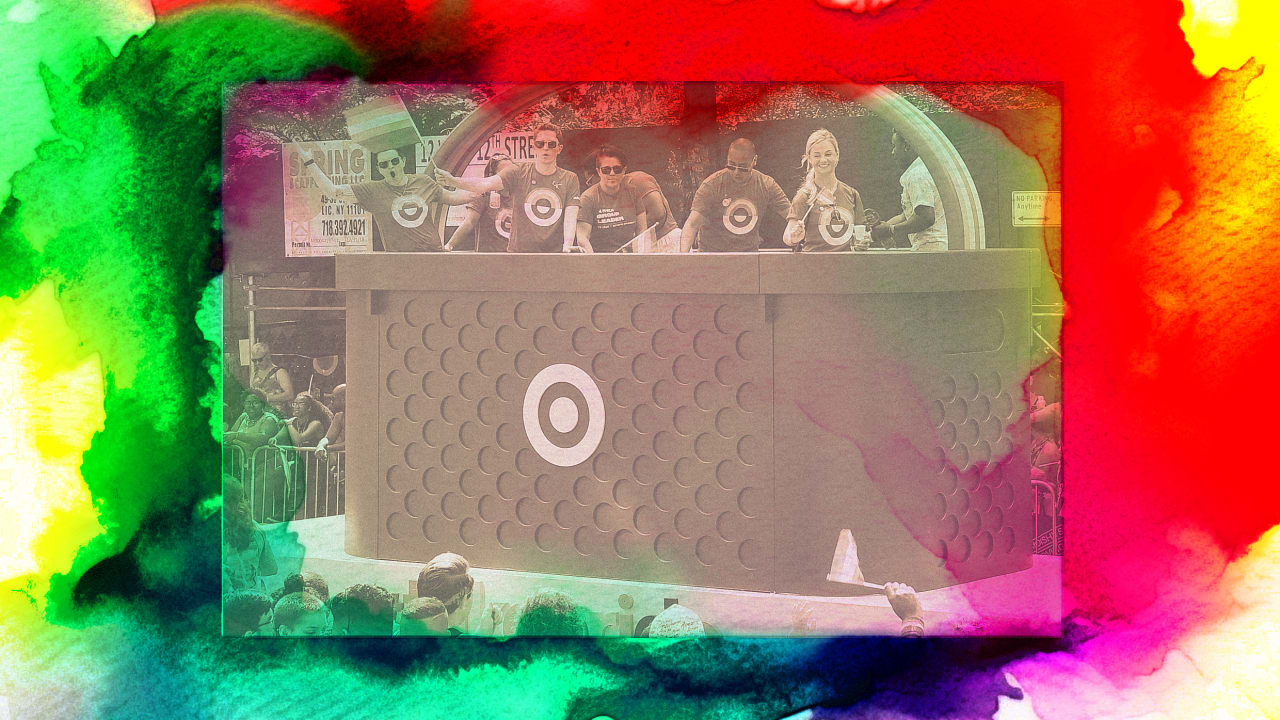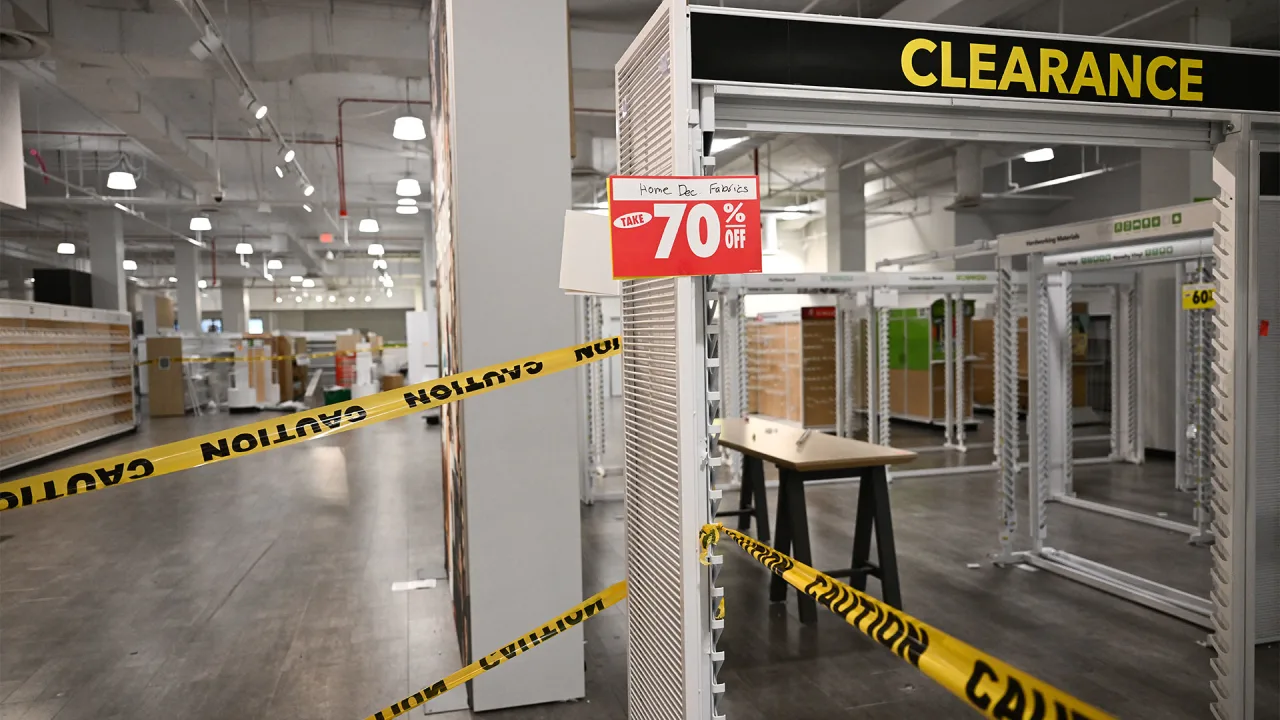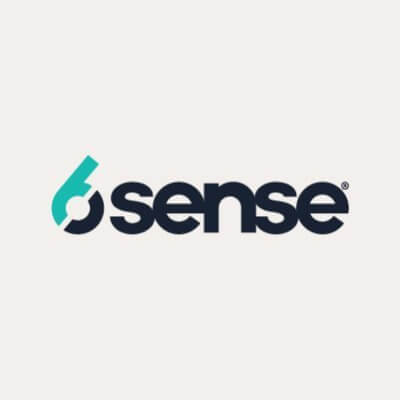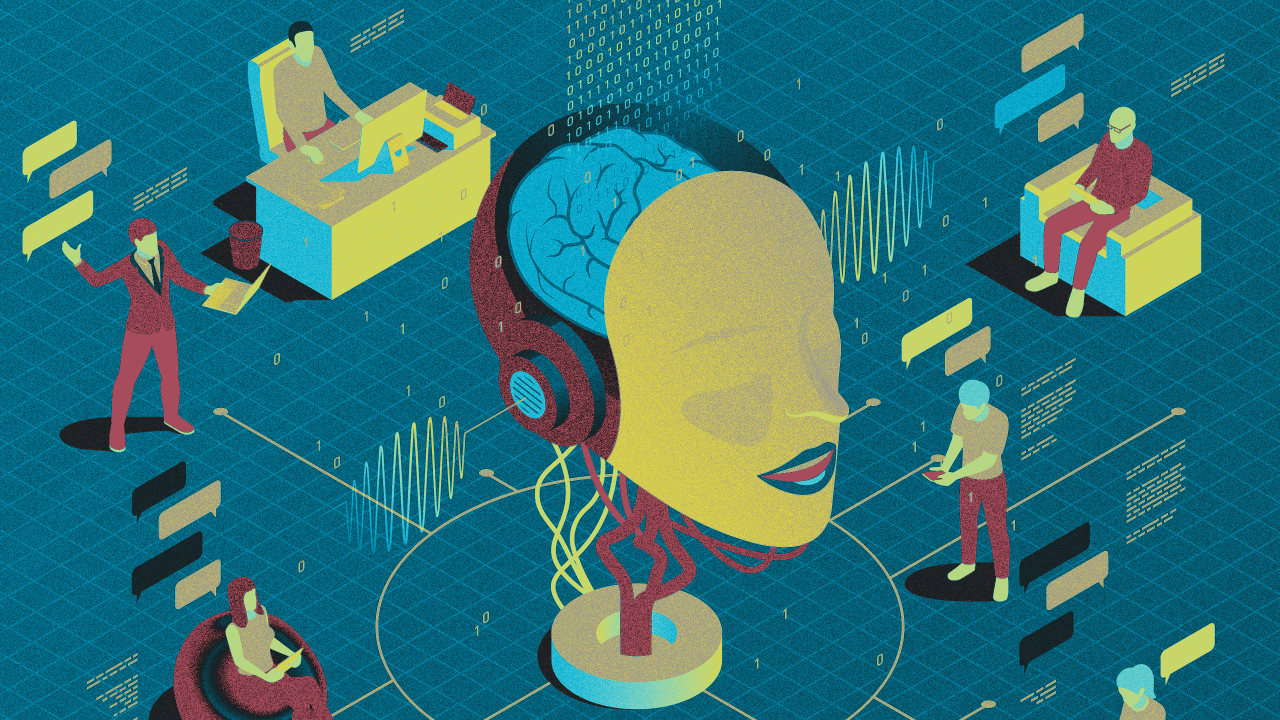Your leadership breakdown might be a sign of growth. Here’s why
If you’re an executive, there might be a time when you find yourself showing up on edge. You feel burned out, frustrated, and confused. The symptoms are familiar: You take longer to make decisions that typically come easily to you. You find it harder to move your team. Your instincts—once your superpower—start to misfire. Naturally, you start to wonder if you’re losing your touch. But what if, instead of breaking down, you’re shedding? We often imagine leadership development as a ladder—from novice to expert, beginner to master. But in practice, it’s more like biology than business school. Leaders molt. They evolve through distinct stages of identity and presence—shedding strategies that no longer serve them, and emerging into new shapes that fit the future more precisely. In entomology, these stages are called instars—the phases between molts in an insect’s development. Each instar is complete in itself but temporary. It works—until it doesn’t. What comes next is the shedding. And with it, an invitation to morph into an expansive form. Leadership operates in a similar rhythm. And what many executives label as burnout or stagnation is often the discomfort of outgrowing an old identity. They just don’t have the language for the new one. Through two decades of coaching founders, CEOs, and senior executives, I’ve seen this pattern emerge again and again. A seasoned leader reaches an inflection point where the very instincts that once generated success become constraints. This isn’t failure. They need to evolve. Here’s how that evolution tends to unfold. Phase 1: The original form This is the early phase of leadership where you’re the center of gravity. This stage is scrappy, reactive, and high contact. You make decisions fast, stay close to the action, and operate by instinct. Control is direct. Culture is personal. Your presence moves the work. However, this way of operating eventually breaks down. What once felt empowering becomes exhausting. As the complexity grows, your heroic effort becomes a bottleneck. In a world shaped by AI and automation, leadership is no longer about being everywhere. Instead, it’s about knowing where you matter most. At this point, you need to ask yourself, “What is mine to do, and what do they need to do to release?” Phase 2: The first shedding This is the first disorientation phase. Your shape no longer fits—but you’re still wearing it. You start to feel friction where there used to be flow. You sense the team waiting for something you’re no longer sure how to give. The leadership identity that once fit you like a glove—the driver, the fixer, the glue—now puts you in a bind. To evolve accordingly, you need to think beyond letting go of tasks. It’s about shifting power, narrative, and identity. Traditional leadership prized decisiveness. Today’s systems require presence in ambiguity. You’re not just delegating—you’re metabolizing complexity. You need to stop being the answer and start asking questions about what you need to do to move your team forward. Phase 3: Adaptation This is when you begin leading through the system, rather than over it. That means designing clarity rather than delivering it. You influence ripples through structures, rhythms, and culture, not just directives. You’re building coherence, not dependence. You start to notice that your team starts to make decisions without you, and things can work even when you’re not in the room. Rather than jumping in to solve problems, you sense when they’re coming and empower your team to do it on their own. This is critical because legacy models taught leaders to control. But today, your leverage is in the conditions you create. Leadership becomes less about managing people and more about managing the system’s ability to adapt. At this stage, you need to figure out what would allow this system to self-correct without you. As aspirational and freeing as that sounds, this is the biggest unconscious hijack for most leaders. You’ve spent a lifetime being the one who gets it done. Suddenly, your team doesn’t need you anymore. And that means you experience loss. Loss of your identity. Loss of your place as the person people turned to for answers, even when you wanted them to stop asking. Many leaders will unconsciously create a way “back in,” a way to return to their identity as the person people turn to so they can get out of the discomfort. To move to the next stage, you have to attach to a bigger purpose, and attend to your loss. It’s real, and it’s an important stepping stone in your growth. Phase 4: Resonance This is the stage where leadership becomes coherent. You’re no longer relying on charisma or control. You’re building not just for this quarter, but for what’s emerging (or trying to emerge) in the long term. This is the kind of leadership that organizations need if they want to be sustainable and succeed in the long term. This type of leader can sense

If you’re an executive, there might be a time when you find yourself showing up on edge. You feel burned out, frustrated, and confused. The symptoms are familiar: You take longer to make decisions that typically come easily to you. You find it harder to move your team. Your instincts—once your superpower—start to misfire. Naturally, you start to wonder if you’re losing your touch.
But what if, instead of breaking down, you’re shedding?
We often imagine leadership development as a ladder—from novice to expert, beginner to master. But in practice, it’s more like biology than business school. Leaders molt. They evolve through distinct stages of identity and presence—shedding strategies that no longer serve them, and emerging into new shapes that fit the future more precisely.
In entomology, these stages are called instars—the phases between molts in an insect’s development. Each instar is complete in itself but temporary. It works—until it doesn’t. What comes next is the shedding. And with it, an invitation to morph into an expansive form.
Leadership operates in a similar rhythm. And what many executives label as burnout or stagnation is often the discomfort of outgrowing an old identity. They just don’t have the language for the new one.
Through two decades of coaching founders, CEOs, and senior executives, I’ve seen this pattern emerge again and again. A seasoned leader reaches an inflection point where the very instincts that once generated success become constraints. This isn’t failure. They need to evolve.
Here’s how that evolution tends to unfold.
Phase 1: The original form
This is the early phase of leadership where you’re the center of gravity. This stage is scrappy, reactive, and high contact. You make decisions fast, stay close to the action, and operate by instinct. Control is direct. Culture is personal. Your presence moves the work.
However, this way of operating eventually breaks down. What once felt empowering becomes exhausting. As the complexity grows, your heroic effort becomes a bottleneck. In a world shaped by AI and automation, leadership is no longer about being everywhere. Instead, it’s about knowing where you matter most. At this point, you need to ask yourself, “What is mine to do, and what do they need to do to release?”
Phase 2: The first shedding
This is the first disorientation phase. Your shape no longer fits—but you’re still wearing it.
You start to feel friction where there used to be flow. You sense the team waiting for something you’re no longer sure how to give. The leadership identity that once fit you like a glove—the driver, the fixer, the glue—now puts you in a bind.
To evolve accordingly, you need to think beyond letting go of tasks. It’s about shifting power, narrative, and identity. Traditional leadership prized decisiveness. Today’s systems require presence in ambiguity. You’re not just delegating—you’re metabolizing complexity. You need to stop being the answer and start asking questions about what you need to do to move your team forward.
Phase 3: Adaptation
This is when you begin leading through the system, rather than over it. That means designing clarity rather than delivering it. You influence ripples through structures, rhythms, and culture, not just directives. You’re building coherence, not dependence.
You start to notice that your team starts to make decisions without you, and things can work even when you’re not in the room. Rather than jumping in to solve problems, you sense when they’re coming and empower your team to do it on their own.
This is critical because legacy models taught leaders to control. But today, your leverage is in the conditions you create. Leadership becomes less about managing people and more about managing the system’s ability to adapt. At this stage, you need to figure out what would allow this system to self-correct without you.
As aspirational and freeing as that sounds, this is the biggest unconscious hijack for most leaders. You’ve spent a lifetime being the one who gets it done. Suddenly, your team doesn’t need you anymore.
And that means you experience loss. Loss of your identity. Loss of your place as the person people turned to for answers, even when you wanted them to stop asking. Many leaders will unconsciously create a way “back in,” a way to return to their identity as the person people turn to so they can get out of the discomfort.
To move to the next stage, you have to attach to a bigger purpose, and attend to your loss. It’s real, and it’s an important stepping stone in your growth.
Phase 4: Resonance
This is the stage where leadership becomes coherent. You’re no longer relying on charisma or control. You’re building not just for this quarter, but for what’s emerging (or trying to emerge) in the long term.
This is the kind of leadership that organizations need if they want to be sustainable and succeed in the long term. This type of leader can sense what the system needs—before it asks—and hold that signal long enough for it to take root.
Most leadership breakdowns don’t come from incompetence. They come from trying to scale a shape that no longer fits. When leaders don’t recognize the phase they’re in, they double down on outdated behaviors. They push when they need to pause. They demand clarity when they should be holding space. And they burn out chasing a version of leadership that was never meant to last.
While it might sound counterintuitive, growth isn’t always forward. Sometimes it’s through. What distinguishes those who evolve isn’t brilliance or brute force. It’s the willingness to recognize when a season is ending—and the courage to lead from the unknown before the next form reveals itself.
If you’re a leader and you’re feeling the friction, take the time to pause. You might just be going through a transformation that your organization desperately needs.



















































































































































